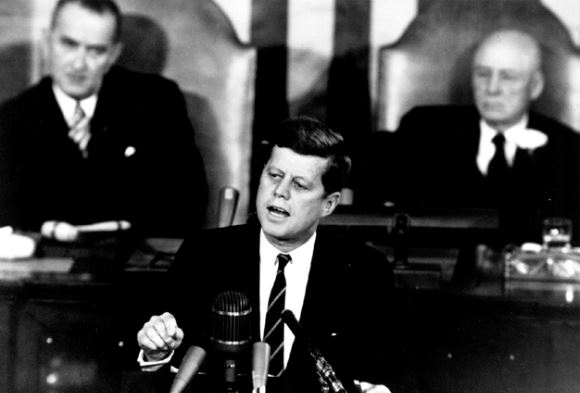Mike Adams article published in the Weekend Australian on the 10th Nov 2018
Effective leaders are not just good storytellers, they all use the same story plot!
Effective leaders take their followers on a journey to a promised future. By definition, that’s a story, because a story is journey — an unpredictable sequence of events. If you understand the leader’s storyline you can be an effective leader too.
The 2017 Gallup poll, The State of the Global Workplace, found that globally, only 15% of employees that work full-time for an employer are actively engaged in their work. Australia and New Zealand performed under the global average (14%), far behind the USA and Canada (31%).
The benefits of higher engagement are laid out in the same survey. Upper quartile companies enjoy many benefits including 17% higher productivity. Furthermore, 70% of the variance in engagement is due to management. Specifically — failure to inspire engagement.
What makes an effective leader?
The blog-o-sphere is awash with opinion. Business magazines routinely propose the top 5, 7, 10, 15 attributes of effective leadership. You can discount most of this opinion with a simple thought experiment:
Think of an important leader that you do not like: A leader that you disagree with, who has attracted a powerful following (If you’re having trouble, consider the German word führer).
With this despicable but effective leader in mind, we can discount most of the popular leadership qualities: accountable, creative, team player, generous, ethical, humble, loyal, selfless, sincere, and trustworthy. Requirements, no doubt, for a good manager, but none is essential for effective leadership.
What remains? Vision, resolute against an enemy, credible guide. Those are the irreducible qualities of a leader. And this is the leader’s story in five acts.
1. The leader’s social group faces a challenge.
Something has changed and there is a problem. The leader names the challenge.
2. The leader claims the role of guide.
The rhetorical tool for the guide is the personal story. Great leaders craft their personal story to position themselves as the obvious saviour.
3. A plan to a Promised Land
The leader lays out a plan to the ‘Promised Land’. The Promised Land could be victory in war, safety from any threat, or even a nostalgic vision (make our country great, again). In business it could be market share, a successful IPO or an acquisition.
4. Avoids defeat by the enemy
An enemy is a crucial to the leader’s story. We’re motivated to avoid pain and loss more than to achieve a gain. Clearly defining the enemy creates in-group loyalty and motivates the group to support the leader. The separation between the threat of disaster and the promise of success gives the story tension and energy.
5. Achieves Success
The leader is triumphant, leading the group away from disaster to the Promised Land.
You probably recognize this as the plot line of most movies and novels. It never fails to engage us.
On the 25th of May 1961, President John Kennedy addressed the US congress. America was losing the space race to the Soviet Union, which had just put the first man in orbit [change]. Kennedy explained that America was fighting against ‘adversaries of freedom’ [enemy] and losing its global leadership. Kennedy proposed putting a man on the moon within the decade and that success would signal a great new America and the ‘key to our future on earth’ [Promised Land]. He went on to spell out how obstacles would be overcome [Plan].
Effective leaders are storytellers. They enact the leader’s story by vanquishing the enemy and leading their people to the Promised Land. If you aspire to lead change and inspire engagement then craft your leader’s story.
________________________
Mike Adams is the bestselling author of Seven Stories Every Salesperson Must Tell (2018)
References:
The State of the Global Workplace, Gallup Inc., 2017, Gallup Press



